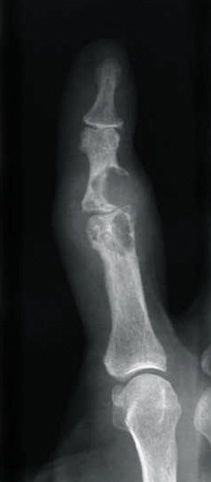The Disease of Kings, and the King of Diseases: Gout

 For Christmas Eve dinner, our family congregated at Café Opera, in the Intercontinental Hotel for a scrumptious seafood buffet. Going to a buffet is a little bit evil, as you know that you’re about to commit the sin of gluttony.
For Christmas Eve dinner, our family congregated at Café Opera, in the Intercontinental Hotel for a scrumptious seafood buffet. Going to a buffet is a little bit evil, as you know that you’re about to commit the sin of gluttony.
I usually tell my patients who suffer with gout to avoid buffets. That 3rd mountain of prawns may precipitate an acute episode of gout. Christmas party season is a dangerous time.
Overindulgence in rich food and wine has long been thought to be the primary cause of gout, a little inaccurately. Gout had been referred to as “the disease of kings, and the king of diseases” on the misperception that it was the joint disease of wealthy men.
Gout is a very common cause for episodic joint pain and swelling. The pain can be severe, with the joint becoming red and hot. Most commonly, the big toe is involved but most other joints can be affected.
In patients who develop recurrent episodes over a long time, chronic joint destruction can occur with a more constant pain pattern.
Gout is classified as crystal arthritis. The crystal, monosodium urate monohydrate, is very irritating to the lining of the joint. The larger a person, the more urate the body produces.
Up to one third of the urate comes from what you eat and drink, and many sufferers try to avoid various foods, often without success unless they really love their seafood and offal.
In many cases, addressing the elephant in the room would also be useful: alcohol, alcohol, and alcohol. Apart from weight loss, this is the most important modifiable factor. It’s often proves very hard to convince your typical middle-aged male drinker to reduce their alcohol intake in a significant way. In the USA, the excessive soft drink intake needs to also be addressed as the high levels of fructose (corn syrup sweetener) increase risk of gout. This isn’t a big issue in Australia as soft drinks typically use sucrose (cane sugar, and this doesn’t have a similar effect) instead.
Dietary modification has a clear place however, in complementing weight loss measures, and in helping the many patients with gout that have coexisting high blood pressure and high levels of cholesterol/triglyceride.
Younger patients, predominantly male, with gout, typically have a different reason. They are typically under-excretors of urate and may to a much lesser extent, be over-producers of urate. This means that they don’t get rid of enough of it through the kidneys and/or make too much of the urate. Such patients typically get severe disease and typically end up with joint deformity and chronic pain. Amongst the hardest patients to treat due to this genetic predisposition are Maori and Polynesians.
I want to draw attention to this disease because it is essentially a “curable” arthritis. If the amount of urate in the body can be lowered sufficiently, the episodes of acute joint pain and swelling will stop, and the risk of chronic joint damage will be substantially reduced.
Combinations of alcohol reduction, some dietary modification, weight loss, and for most, urate-lowering medications can make a huge difference to a gout sufferer’s quality of life.
Yet, most sufferers just treat their pain and swelling (often severe and crippling) at the time of the episode with anti-inflammatory medication or rest. In between episodes, little attention is paid to preventing the next episode.
Treatment compliance is also usually poor in the patient groups who develop this disease.
This is compounded by the fact that the urate-lowering medication, most commonly Allopurinol, is a tricky medication to use. Getting the dose wrong and reducing the level of urate too quickly, can paradoxically trigger a severe episode of gout.
It’s regrettable that gout, a disease that we can effectively stop, is often trivialised by both the sufferer and the doctor. “It’s just gout, it’ll be better in a couple of days”. I would argue that in patients with frequent, recurrent disease, that this isn’t good enough.
Dr Irwin Lim is a rheumatologist and a director of BJC Health. You should follow him on twitter here. Arthritis requires an integrated approach. We call this, Connected Care. Contact us.